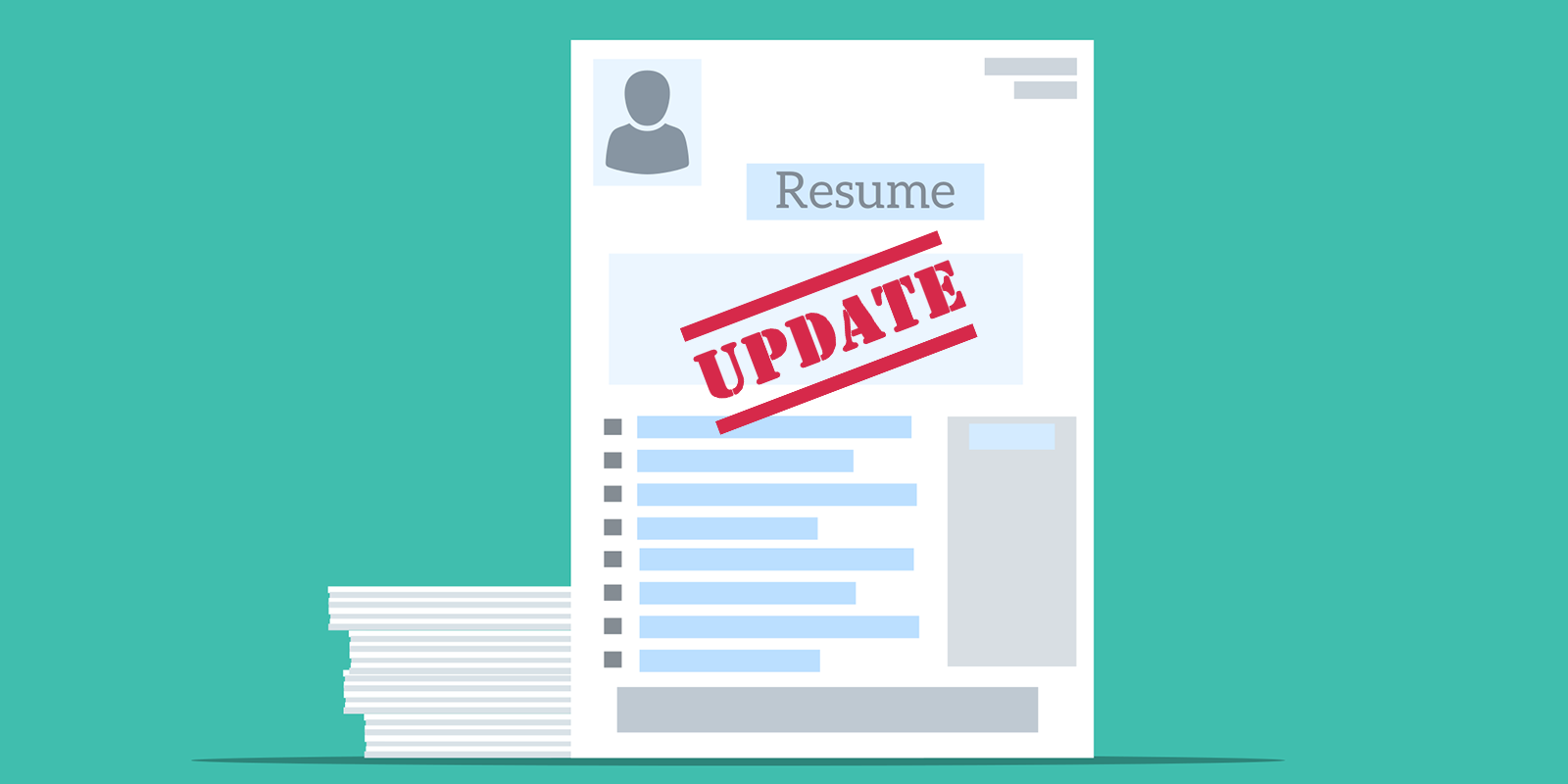How to Include Professional Experience on Your Resume
For only a one-page document, resumes are made up of many different components. Today we will be looking at the Work Experience section, specifically how to format and what to include.
Hiring managers want to confirm you know how to do the job, and one of the things they look for is your past work experience. While you can claim to be proficient in HTML or cybersecurity, your work experience is solid evidence of your skills in practice.
Let’s look at a standard resume format:
- Job title and position
- Company name and location
- Dates employed
- Job responsibilities and achievements
Job title
Your title is one of the first things a hiring manager looks for when scanning through your resume. It should be easy and clear to find, and ultimately the hiring manager should already get a sense of your experience from job titles alone.
Your job titles should be accurate to the positions you worked in. To make things easy, use the same job title as what was in the job description you applied to. An exception to this rule is if your job title was unique to the company, such as “coding wizard” or “marketing ninja.” In this case, it’s okay to tweak the name slightly. Again, whatever title you choose should be accurate but still recognizable to recruiters.
Company’s name and location
With each position, include the company and location of the job. Bigger companies typically have multiple branches or offices and should be specified by enclosing the location. For smaller companies, you can provide a short description of the business. These additional details give the recruiter further information to validate your experiences and helps to understand the type of environments you have worked in.
Dates employed
This portion is easy peasy but shouldn’t be ignored. For every position, give a start and end date of your employment. You probably don’t know or remember the exact dates, but an approximate month and year will do the trick. Not only does each position need to include dates of employment, but you should organize your work experience in reverse chronological order or from most recent to oldest.
Responsibilities and accomplishments
Most likely, the recruiter knows the general gist of your responsibilities. After all, they spend hours on hours reading resumes. To make yourself stand out, you want to emphasize your accomplishments while still describing daily responsibilities. Using the STAR method tackles both. The STAR method consists of creating statements that include the following: a situation, task, action, and result. When using this method think about a time you overcome a challenge or met a big achievement at work. Think about what steps you took and what your final outcome was.
Imagine you are a Systems Analyst. Now let’s look at two statements, one without the STAR method and one with. The second statement uses a quantified example of the candidate’s accomplishments while still illustrating responsibilities.
Without STAR method:
“Analyze software for performance issues.”
With STAR method:
“Through analyzing and collecting data, I improved Client X’s software efficiency by 15%.”
Additional resume questions:
How do I know what experience is relevant?
Your resume should be customized for every job you apply to. Considering you only have 1 page to prove your capabilities, not every job you’ve worked must be included. There is no need to include your jobs from your brief career as a hairstylist if you are applying for an online marketing manager position. Try to stick with similar positions as a recruiter is checking your compatibility to the job. An exception to this is if you are applying to be a marketing manager for a salon or a company that sells hair products, your experience as a hairstylist can be of relevance.
How far back should my experience be dated?
Recruiters are looking for the most relevant but also most recent experience. Your resume only has to include up to 10-15 years of experience. You also only need to include approximately five positions, so you don’t need to include every single job you’ve worked. Start off listing your most relevant jobs, and then select the most recent to include.
What if you have minimal experience?
If you are a new graduate or just haven’t worked a day in your life, find other ways to demonstrate your abilities. However, if you are a recent grad, a recruiter shouldn’t expect a ton of experience anyways. Include summer jobs or internships or even university projects. Focus on how those experiences helped developed your soft skills and any personal achievements you have. Moving forward, keeping a log of your accomplishments will have you instantly ready when it comes time to send in resumes.
How do I address employment gaps?
Employment gaps can seem like a major red flag. But it doesn’t have to be! Providing an explanation will ease uncertainty, and you don’t have to give too many details depending on how personal the situation might be. A quick explanation such as medical leave or work sabbatical should do just fine. Just be prepared that you might be further questioned at the interview stage.
The Best Recruitment Agency in Toronto | About Live Assets | IT Staffing Solutions
Live Assets is a boutique IT Staffing/Recruiting firm specializing exclusively in building IT teams of excellence for the Information Technology sector.
We are a small, but productive team that works closely together and has had a 96% success rate for the past number of years!
We have a diverse number of clients and industries and focus on both full-time and contract I.T. opportunities.
You can find out more about our company on LinkedIn – Twitter – Facebook –Youtube – Glassdooor
